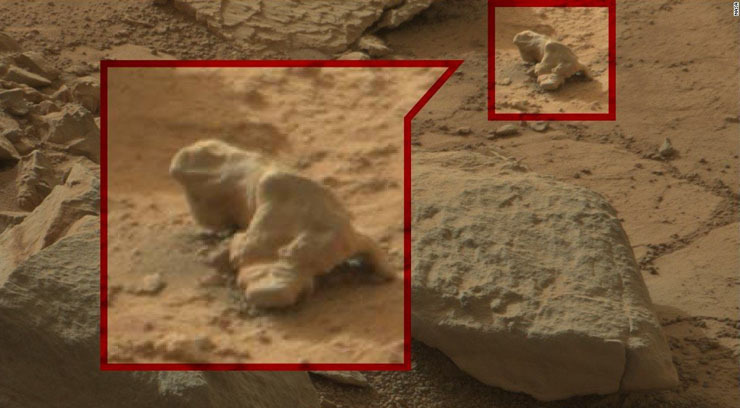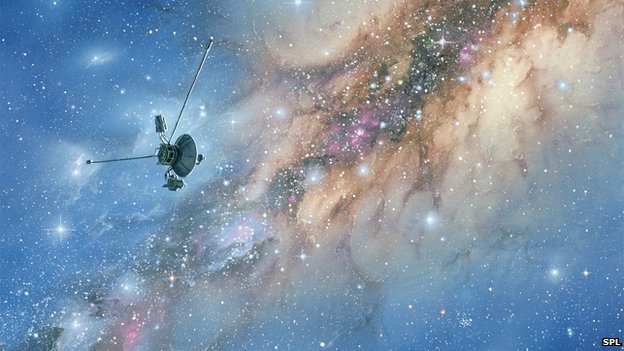
Newly released images from the European Space Agency (ESA) show how water and other natural forces shaped craters and other surface features on Mars.
According to a statement from the space agency, the craters shown were once filled with sediments and water. Only traces of their history can now be found in the Martian desert.

The images, snapped on January 15 by ESA’s Mars Express orbiter, show a swath of the red planet just a few degrees south of the equator. The unnamed region sits slightly to the north of a dried out riverbed, dubbed Tagus Valles, and east of Tinto Valles and Palos crater, which were both featured in previous Mars Express photo sets.
One particular 21-mile-wide crater featured in the images contains several large, flat-topped blocks called mesas located next to parallel wind-blown features called yardangs. Both features appear to be carved from sediments that originally sat in the crater, most likely deposited there during a flood that covered the entire region, the agency said. After large amounts of sediment were eroded away, only the odd-shaped pattern of stronger blocks remained.
Hints of a watery past can also be seen in the remnants of an ancient crater located about 12 miles to the east. While the crater has almost completely disappeared, a long winding channel clearly ‘flows’ directly into what remains.
The crater remains also show evidence of several landslides, potentially due to water eroding the crater walls. Ruts run down the crater’s inner walls to where large piles of material have accumulated around the crater floor.
One group of interconnected craters in the images has flat floors that have been smoothed over by sediments. A smaller crater in the group contains a prominent debris residue called an ejecta blanket.

An ejecta blanket is formed after a meteor strikes a planetary surface and the excavated material forms a symmetrical apron around the crater. The ejecta blanket featured in the latest Mars Express image is referred to as a rampart, which has “petal-like lobes around its edges” formed by ejected water that allowed debris to flow along the surface, the ESA said.
The new Mars images also show evidence of volcanic activity shaping the region. A dark, fine layer of ash in one of the images may have come from the Elysium volcanic region, the ESA said. Over the millennia, pockets of buried volcanic material were exposed by erosion and the ash was spread around by wind.
Meanwhile, NASA’s Curiosity rover is about to complete its first full year on Mars and is currently in the middle of a long voyage toward Mount Sharp. The Curiosity team has said they hope to find more evidence of Mars’ watery past at the base of the 3.4-mile-high mountain. However, the NASA scientists say there are not in a rush to get there and the journey could take a year or longer, depending on how many interesting stops they find along the way.
Originally posted 2013-08-02 19:49:27. Republished by Blog Post Promoter












